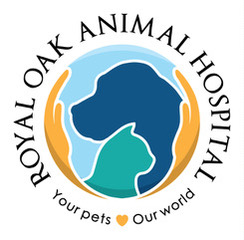Library
-
Feather loss occurs either because the bird is truly losing feathers or because the bird, or its cage-mate, is picking out its feathers. Feather Destructive Behavior (FDB) is a general classification that describes the many types of damage a bird can do to its own feathers, including feather picking. Feather loss and feather-picking can also be caused by diseases that result in irritation or pain for the bird, or damage to, or inappropriate growth of feathers. Feather loss and feather-picking are complicated problems. For specific advice, your bird should have a thorough work-up by a veterinarian familiar with birds.
-
Knemidocoptes is a type of bird mite that typically effects canaries, cockatiels and parakeets. It is commonly referred to as scaly face and leg disease. Specific antiparasitic drugs will be prescribed by a veterinarian to treat this disease.
-
Pacheco's disease is caused by an avian herpesvirus. It is often a fatal disease, but treatment with an anti-herpes medication may be life-saving if used at first presentation. This disease is seen less often in today's pet bird population since most parrots are domestically raised and not imported.
-
Avian polyomavirus infection (APV) can cause benign feather lesions in budgies, slow crop emptying in newly weaned parrots, hemorrhages on the skin, or acute death. Clinical signs, diagnostic testing, and preventive measures are explained in this handout.
-
Poxviruses can infect many species of birds, and each species of bird may have its own unique species of poxvirus. This handout explains three forms of the virus: cutaneous, diphtheroid, and septicaemic. Each of these forms has distinct clinical signs. Diagnosis, treatment, and ways to minimize the risk of infection in your bird are explained.
-
Psittacine beak and feather disease (PBFD) is a serious condition in parrot species for which there is no cure. The highly contagious virus attacks fast-growing epithelial cells, commonly causing visibly abnormal formations of the beak and/or feather follicles. The clinical signs vary depending on the species of bird and the age at which it was infected. Diagnostic testing is available and precautions must be taken when purchasing a new bird.
-
The West Nile Virus (WNV) is transmitted by the bite of a mosquito that is infected with the virus. Birds are susceptible to the virus and can act as a host, though indigenous birds such as owls, hawks, eagles, crows, and jays appear to be most at risk in comparison to pet birds. There is no treatment once a bird is infected so prevention is of high importance.


